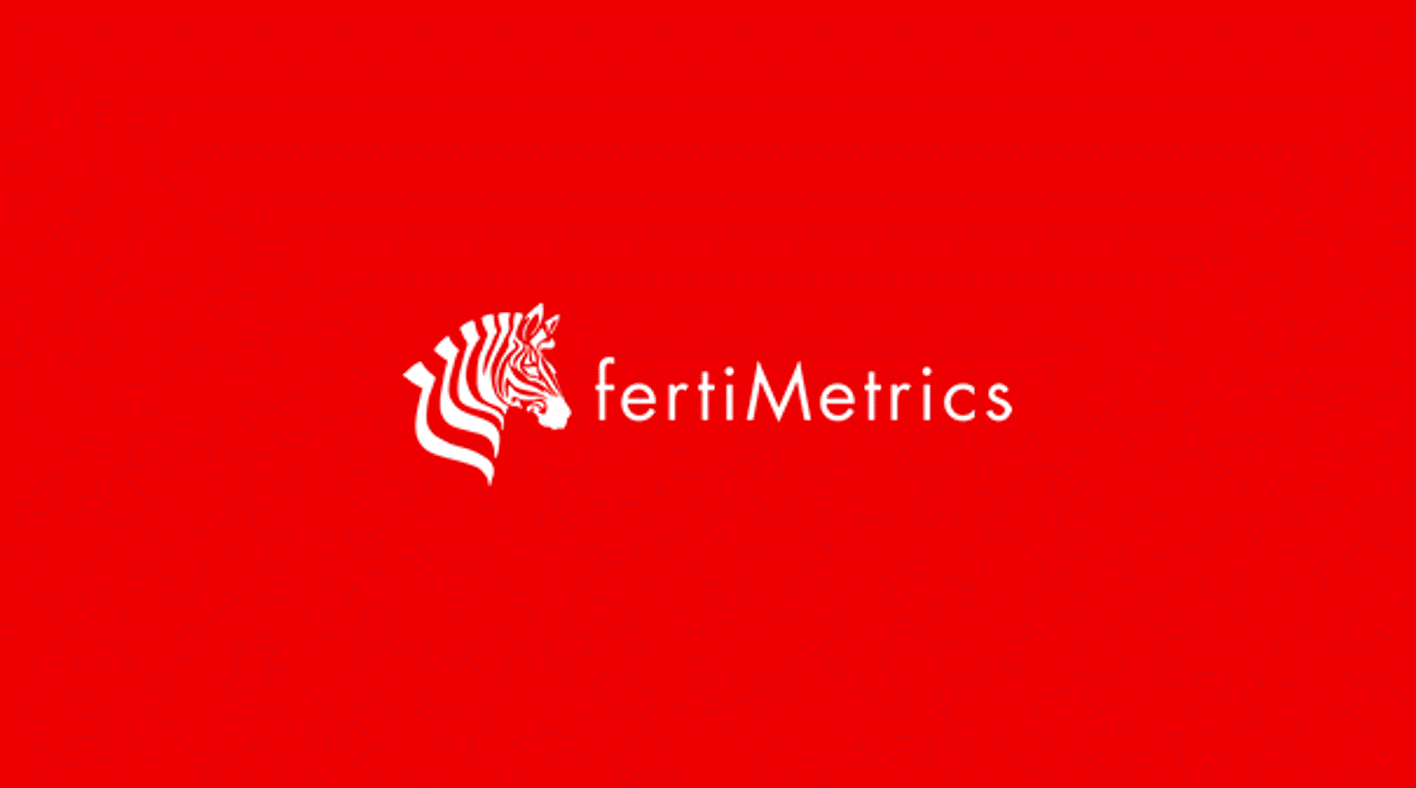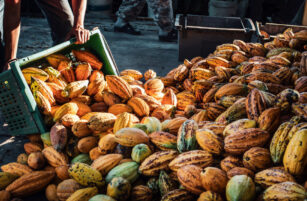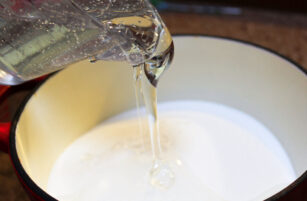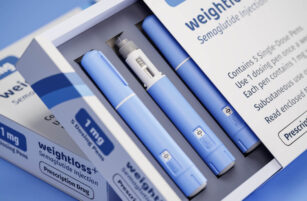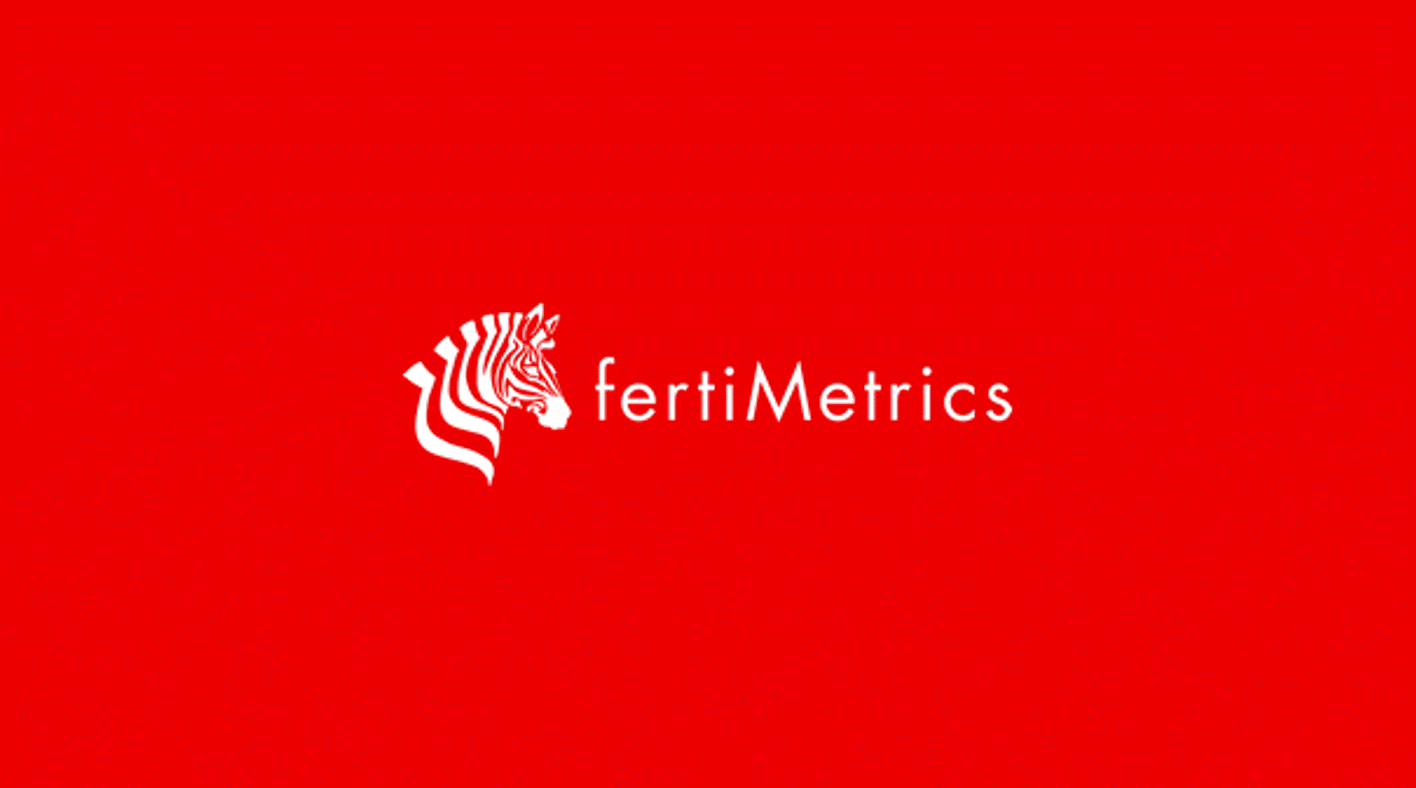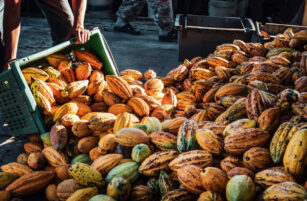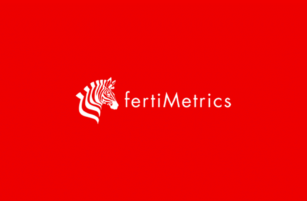Insight Focus
- India cut its DAP subsidy by 31%, creating a margin shortfall of around USD 100/tonne on imported DAP.
- Potash prices remain stable in Brazil and Southeast Asia with very little upside in either market.
- The Tampa November ammonia settlement price rose USD 50/tonne to USD 625/tonne cfr, which surprised the market in view of increased supplies.
Urea Demand, Pricing Stays Low in Brazil
After a protracted urea tender with extensions on the deadline, India secured 1.67 million tonnes in the latest tender closing on October 20th. China is expected to supply a mere four to five cargoes totalling up to 250,000 tonnes due to export restrictions imposed by the government to keep domestic prices in China under check.
The vast majority – around 500,000 tonnes of the total supply — will originate in the Middle East with netbacks in the mid to high USD 380s/tonne FOB. This netback is substantially better than what can be achieved in both Brazil and the US.
The winning bids were USD 400/tonne CFR West Coast India and USD 404/tonne CFR East Coast India. In the absence of large quantities from China, Indonesia launched a sale that saw the highest price for granular urea at USD 381.50/tonne FOB Bontang and prilled urea at USD 379.50/tonne FOB Bontang. Two granular urea cargoes each of 40,000 tonnes are expected to end up in India.
The issue now is what will happen to the urea price in the next 30-60 days with Brazil continuing to disappoint on the import side. The price Brazilian importers are willing to pay is reported to be around the USD 395/tonne CFR although small parcels have been reported as high as USD 407/tonne CFR.
Unless Brazil steps up, there are no other major markets to pick up the slack so urea prices could weaken. It is worth noting that Brazil imports from sanctioned countries like Venezuela and Iran in substantial quantities and can command very competitive rates, putting pressure on conventional suppliers.
China exported 2.834 million tonnes through September versus 1.573 million tonnes in the first nine months of 2022. Malaysia’s exports of urea for 2023 are up 12.7% to 1.292 million tonnes through August. Vietnam’s exports are down 59.3% to 191,800 tonnes through August, while imports are up 107.7% to 225,600 tonnes.
India imported 3.683 million tonnes through August, down from 6.246 million tonnes in the same period last year. One of the reasons is increased domestic production. Thailand increased import quantities by 37% year over year to 2.1 million tonnes through September. New Zealand imports through September declined by 23.2% to 256,700 tonnes, all due to the current milk price crisis, which has seen farmers achieve negative returns from producing milk.
India Cuts DAP Subsidy, Slashing Profitability
The Indian government announced a subsidy cut of 31% on DAP, which now makes the break-even imported price between USD 480-495/tonne CFR, down from the current import price of USD 595/tonne CFR. This could lead to fewer imports of DAP into India in the coming months. India’s DAP imports through August are reported at 4.455 million tonnes versus 3.331 million tonnes for the same period last year.
The tight supply of MAP and DAP could ease with products intended for India directed to other markets. Further, China is expected to come into the market in the fourth quarter with about 1 million tonnes of DAP, which could put pressure on prices. Exports of DAP from China through September are up 37.8% year over year to 3.612 million tonnes. MAP exports for the period were 1.536 million tonnes compared with 1.436 million tonnes.
Potash Market Remains Muted
The potash market this week has seen very little activity with prices of granular MOP in Brazil at between USD 335/tonne CFR and USD 350/tonne CFR with the expectation that prices will further erode in the weeks to come due to seasonal slowdown and ample supplies.
Southeast Asia standard MOP prices are flat for the fifth week in a row assessed at between USD 305-325/tonne CFR. Indonesia’s weakener currency against the US Dollar and dry weather conditions are holding buyers of MOP back despite improved palm oil prices.
The Indian government has cut the MOP subsidy by 85%, meaning the level is now at USD 17/tonne. The impact on settlement of upcoming contract prices remains to be seen, although there is speculation that the range could be between the USD 310/tonne and USD319/tonne CFR range. The higher number is the current contract price.
Through August, India imported 1.995 million tonnes of MOP, an increase of 7.4% compared with the same period of 2022. Vietnam’s imports were 500,400 tonnes for the first eight months, about the same as last year. China’s imports were up 31.4% at 8.15 million tonnes versus 6.201 million tonnes year over year. Philippine imports through July reached 97,700 tonnes, up slightly from 87,600 tonnes in the same period of 2022.
Ammonia Contract Settlement Surprises Market
The November Tampa ammonia settlement between Mosaic and Yara took some by surprise with an increase of USD 50/tonne to a new price of USD 625/tonne CFR. There are increased supplies of ammonia in most regions, which would at best warrant a rollover of the current price.
The average Middle East price fell USD 15/tonne FOB with the successful restart of the Ma’aden plant in Saudi Arabia and is now assessed at USD 535/tonne FOB.
The month ahead TTF gas price in Europe traded this week at USD 15.50/MMBtu meaning the ammonia equivalent production cost was around USD 600-610/tonne excluding carbon tax. The import price is assessed at between USD 660/tonne and USD 680/tonne CFR.
Through August, India imported 1.675 million tonnes of ammonia, up 19.6% compared with the prior year. China’s imports through September reached 591,100 tonnes, double the194,800 tonnes imported in the same period last year.
China’s ammonia exports increased 52.9% to 160,900 tonnes. Through August, Malaysia exported 289,700 tonnes, up from 276,400 tonnes in the same period of 2022. The outlook for ammonia prices is bearish with increased supplies and sluggish demand in the pipeline.
